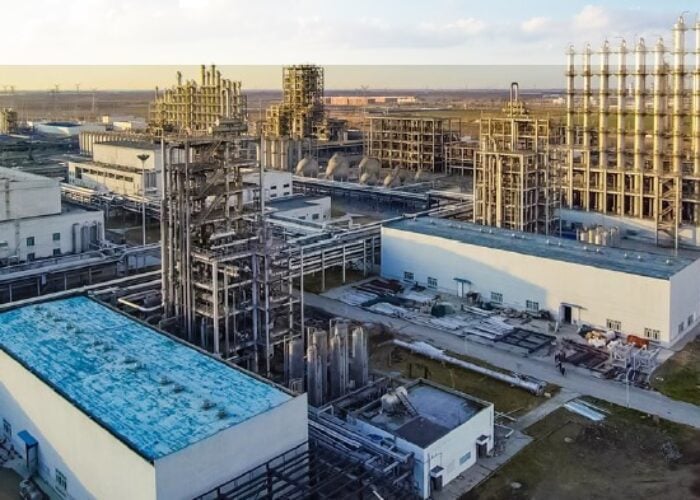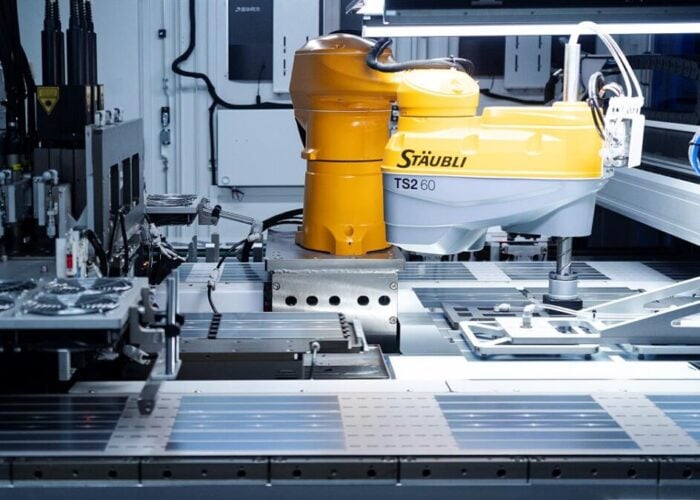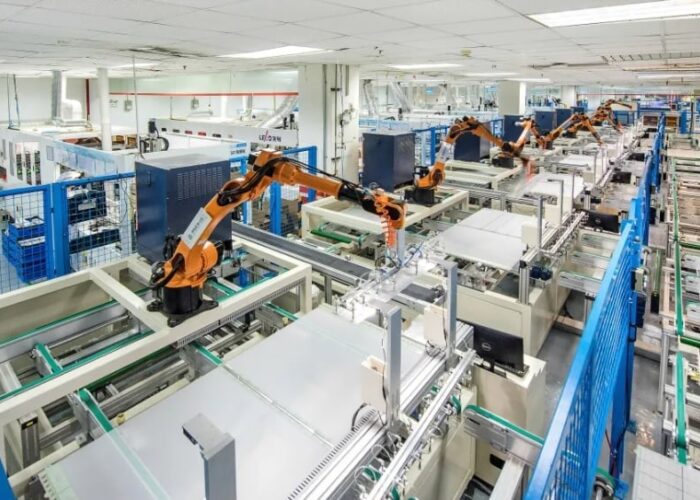Polysilicon producer REC Silicon ASA reported a 106% increase in its polysilicon sales volume in the fourth quarter of 2016, due to an overall strong demand pick-up in the late last year.
REC Silicon had total sales of US$80.4 million in the fourth quarter, which was the highest quarter of sales in 2016. The company’s lowest quarter in sales had been US$50.9 million, which occurred in the previous quarter. Total sales in 2016 reached US$271.2 million, compared to US$254.9 million in 2015.
Try Premium for just $1
- Full premium access for the first month at only $1
- Converts to an annual rate after 30 days unless cancelled
- Cancel anytime during the trial period
Premium Benefits
- Expert industry analysis and interviews
- Digital access to PV Tech Power journal
- Exclusive event discounts
Or get the full Premium subscription right away
Or continue reading this article for free
Having cut polysilicon production and headcount to align demand with supply, due to limited access to the Chinese market, REC Silicon reported a EBITDA of US$4.9 million in the quarter, compared to a compared to a loss of US$7.9 million in the previous quarter. The company also reported an end of year 2016 cash balance of US$65.8 million.
Overall polysilicon sales were 3,801MT in the fourth quarter and were above expectations. Finished goods inventory decreased by 585MT during the fourth quarter. Silicon gas sales volumes increased to 882MT compared to 772MT in the prior quarter.
Tore Torvund, CEO of REC Silicon said, “Our efforts to decrease costs and better align FBR production with sales volumes have been successful in the fourth quarter. We will continue to be cost conscious and diligent at managing cash levels so that REC Silicon remains a low cost leader in the polysilicon industry even when operating at reduced capacity.”
The company also updated on its JV FBR plant in China, noting that the new facility under construction is expected to be in start-up mode in the second half of 2017.
REC Silicon also noted that China was still dependent on polysilicon imports and ASP’s had continued to trend upwards in China and diverge from the ROW.




